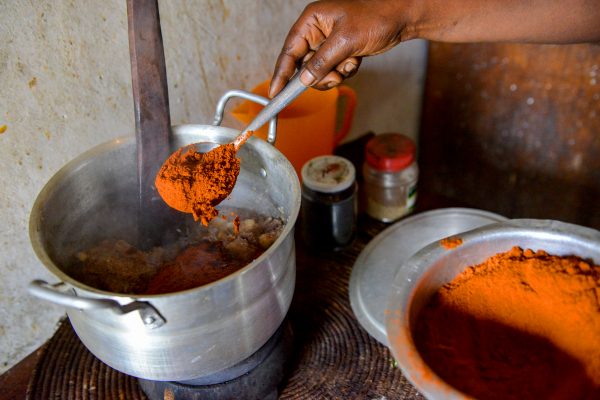
Berbere often is used by the cupful in Ethiopia.
Vibrant in both color and taste, berbere (bear-ba-ree) is an intense spice blend that is the backbone of numerous Ethiopian dishes. Its primary ingredient is dried red chilies—also called berbere—which are finely ground with numerous dried herbs and spices. Though blends vary, most include coriander, garlic, black cumin, ginger, basil, ajwain, nigella, fenugreek and Ethiopian cardamom (which resembles dried figs). Though berbere is available at well-stocked supermarkets and online spice shops, it’s easy to make a simpler homemade version using readily available spices. In a small bowl, stir together 1⁄4 cup smoked sweet paprika, 2 tablespoons sweet paprika, 2 teaspoons cayenne pepper,
2 teaspoons ground ginger, 2 teaspoons onion powder, 2 teaspoons ground coriander, 11⁄2 teaspoons granulated garlic
or garlic powder,
11⁄4 teaspoons ground cardamom, 1 teaspoon dried basil (ground or crushed to a powder in a spice mill or mortar and pestle) and 1⁄2 teaspoon ground cumin. Keep in an airtight container in a cool, dry spot for up to two months.
Even before the mill stones roar to life, the air weighs with a burnt scarlet dust that chokes, pepper-coating your lungs, burning sneezes on repeat. When the leather drive belt snaps to action, furiously spinning gears, the room of powder-caked walls fills with grinding so feverish it is felt as much as heard.
An ochre-stained man wordlessly takes my satchel of chilies, whole spices and herbs, hoisting it up makeshift stairs above a battered hopper some 8 feet in the air. He spills the contents into it and the stones groan. The decades-old machine rattles and spews red dust into a mound on a burlap sack splayed on the dirt floor beneath. Three more times the powder is hauled and dumped, each time emerging ever finer from the mill.
The man wears no mask, yet is unbothered by the choking cloud that has sent me— glasses, face, clothing and notebook all tinged a powdery red—gasping from the building, a loose patchwork of metal panels and flapping tarps. Finally, he hands me a grocery bag filled with several kilograms of spice so freshly ground it is hot, the aroma of sweet heat wafting off in potent waves.
Which is to say, spices in Ethiopia are a visceral experience. I’d come to Addis Ababa, the country’s sprawling capital of more than 4.4 million people along the Great Rift Valley, to learn its signature wats, or stews—hearty chicken, beef and bean affairs eaten by hand, sopped up with hunks of the spongy sourdough flatbread known as injera. But understanding those stews meant understanding berbere, the bold seasoning that underpins so much of the Ethiopian diet.
Unlike many East African cuisines, the food of Ethiopia evolved with few external influences; aside from a brief Italian occupation during World War II, mountainous terrain generally kept outsiders at bay. And it came to rely heavily on spices, a preservative against spoilage in the heat that also ratcheted up the flavor of otherwise neutral staples.
Chief among those seasonings is berbere, a finger-staining red blend that can include dozens of spices, herbs, alliums and chilies. It is fiery, complex and used copiously—often by the cupful—to season and thicken stews of all sorts. It transcends cooking; it is integral to Ethiopian culture, the crafting of a good blend long considered the best way for a woman to attract a husband.
For many of us, it’s a counterintuitive way to consider cooking, starting with the spices, then deciding what to use them on. And it means my education begins in the markets, sun-baked assemblages of shacks and stalls where home cooks gather ingredients, then haul them to their local wefcho bete, or community spice mill, to be mixed and ground into berbere.
That’s how I find myself wandering the alleys of the city’s tiny Kazanchis neighborhood, a collection of homes and stalls so small, the bathroom and water line are communal. A place where an aluminum can upended on a stick outside a shack means the occupants sell glasses of tella, a homespun fermented grain alcohol that can be made from just about anything.
It’s surprisingly difficult to estimate just how many dried chilies—all waxy and earthy red—amount to 2 kilograms, the number I’m told I need. But as a vendor reaches into burlap sacks bursting with peppers—also called berbere—filling a trash bag for me, I get an idea. To that, he adds a blizzard of black and white cumin seeds, papery dried onions, gnarly hunks of dried ginger, coriander, cardamom, garlic cloves freed from their heads and skins by boys barefoot stomping them on the ground, and a host of items whose names befuddle me—koseret, besobela and tosign among them.
I pay 1,100 birr (about $32) for the lot—a trash bag and a half of chilies and spices—then carry them to the nearby mill, which announces itself with a chili spice aroma, warm and tingly. A woman sitting on the stoep scrutinizes my purchases, clearly unimpressed. No husband in my future, it seems. For 100 birr, she sorts and sifts, scissoring off the tough chili stems. An hour later, she’s added coarse salt to my mix and ushers me into the impenetrable fog of the milling room.
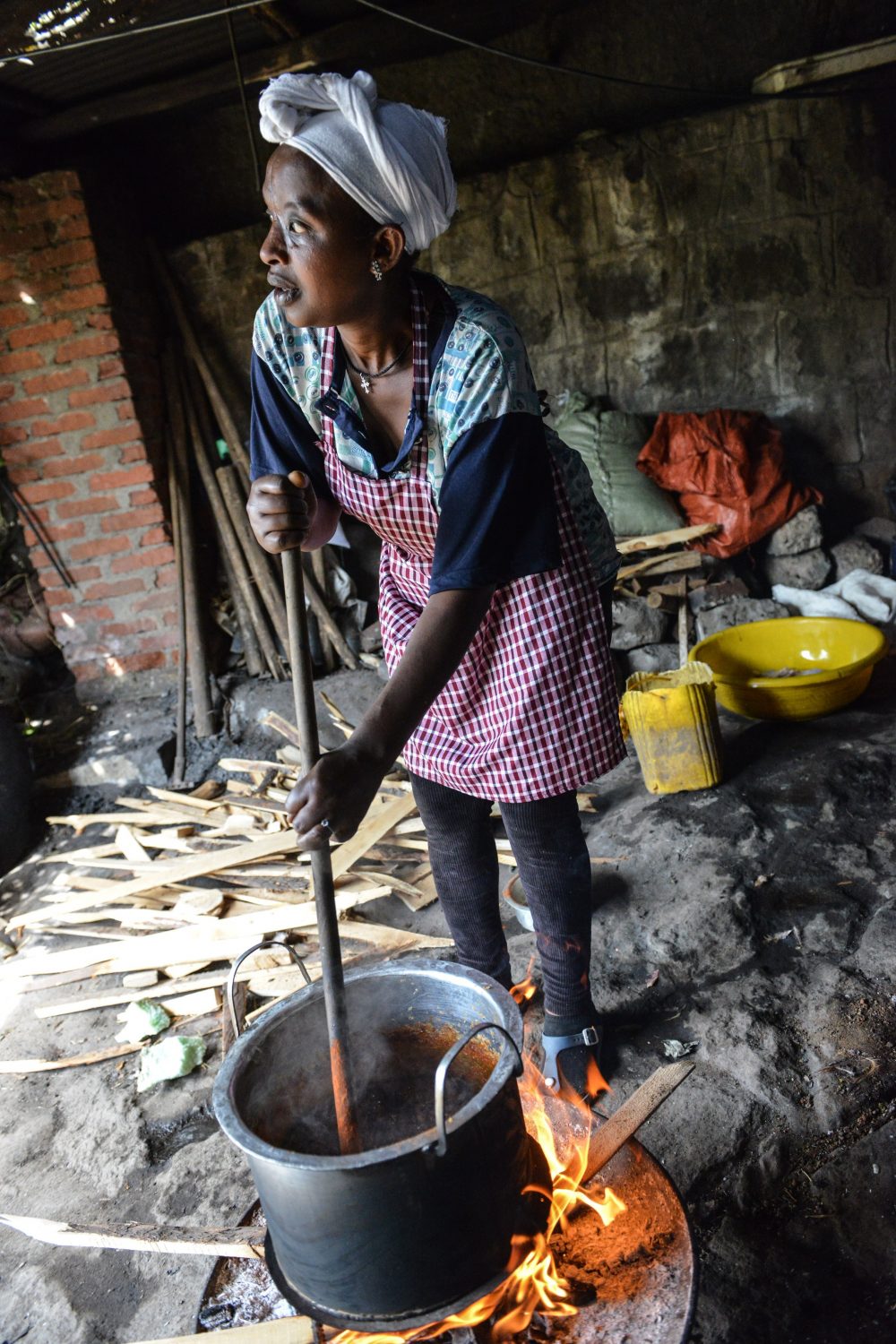
In Ethiopia, doro wat is prepared with so much berbere it thickens the stew.
My lesson in using those spices occurs across town, where Tigist Chane takes me shopping for onions, beans and a still-squawking, fully feathered rooster. We walk past shacks red, blue and yellow, down a steep cobblestone alley slippery with crushed fruit and mud and into a market ringed with vendors under orange tarps. Men cart impossible loads of produce on their heads while swarms of boys hawk plastic grocery bags to shoppers.
In exchange for room and board, Chane cooks for an extended family that occupies a series of buildings spiraling off a courtyard filled with cats, kids and corrugated sheds. She agrees to teach me two wats I’ve eaten at nearly every meal since arriving in Ethiopia: doro wat, the national dish of chicken and onions, and shiro wat, a hummus-like stew made from ground chickpeas and tomatoes. Both, of course, feature ample berbere.
Chane’s kitchen is divided. On one side of the yard, a concrete outbuilding with a one-burner hot plate, buckets of water on the floor and a single light bulb dangling from a cord. Twenty feet away, there is a three-walled dirt-floor shed where piles of scrap wood feed a cooking fire built on a metal disk at the center of the room, a large kettle resting on a rack over it.
We start with shiro wat in the outbuilding, where the burner warms vegetable oil in a pot. For many Ethiopians, this is a daily dish, filling and inexpensive, mildly spicy and deeply comforting. As children shyly pop in and out of the doorway, Chane adds onions and garlic, the start for nearly every wat I encounter.
Next, the berbere. Many tablespoons of berbere. Because seasonings here aren’t mere flavoring. They also change the body of the dish, enriching and thickening. As do most cooks, Chane makes her own berbere, drying ginger, onion, thyme, holy basil, rosemary and garlic for a week in the sun, then grinding them with dried chilies, ajwain, nigella and fenugreek. Her cooking consumes 2 kilograms of the blend weekly.
The seasonings bloom in the hot fat, filling the room. Chopped tomatoes are added, then shiro powder, a fine flour of ground dried chickpeas spiked with seasonings, many on repeat from the berbere. Stirring and water transform the mixture into a creamy dish a bit thicker than polenta. Scooped with injera, the result is richly delicious, bright with tomatoes and garlic. I love it, but I also can’t stop thinking how great it would be with whole chickpeas.
Not surprisingly, Chane is way ahead of me. Shiro wat is common because it is cheap and quick to make, she explains. But Ethiopians also enjoy all manner of similar wats made with whole chickpeas, including shimbra asa wat and defen atere wat. In each case, the equation is the same. The berbere and onions lead and thicken, the chickpeas provide the substance.
That's a lesson that continues in the shed, where Chane makes doro wat. There, the wood fire competes with the midday sun to turn the space into an oven. Several kilograms of chopped onions and garlic measured by the head all go into the kettle with ample oil. She uses a broomstick to stir, letting the onions sizzle and brown.
When the mixture turns porridge-like, she adds cupfuls of berbere, turning the pot brick red and filling the shed with thick savoriness and spice. Then the rooster, which Chane dispatched herself, washing the chunks in a tub of lemon juice and water before adding them to the pot. The rest is little but time, water and fermented butter, a staple of Ethiopian cooking that adds an unctuous, savory flavor similar to Japanese miso.
Finished with fresh chilies and hard-cooked eggs peeled and scored to allow the flavors to penetrate, the dish is rich and spicy, but not domineeringly so. It’s like a great chili in which the spices are the star and the onions get equal billing to the meat. The chicken is tender and moist, swimming in chilies, garlic, ginger and so many other seasonings.
Back at milk street, we were committed to honoring the Ethiopian treatment of seasonings: Let them drive the dish, rather than merely accent it. Add them in volumes that change consistency as much as flavor. So we followed Chane’s example and stayed as true to her recipes as the ingredients available to us allowed. Onions, fat and berbere (see sidebar) took the lead.
Though we scaled back both stews to no longer need massive kettles over open fires, we still called for generous amounts of berbere, which contributed deep, earthy flavors and thickened the onion-rich liquid of both dishes. Fermented butter is rare in the U.S., but we found that ghee (clarified butter) was a good substitute. We also explored the alternatives Chane suggested and opted for a whole-chickpea version of shiro wat, which had a satisfyingly meaty texture.
The results were rich and moderately spicy, at once familiar and savory, yet still offering flavors unique to Ethiopia. All thanks, of course, to the berbere. “The one that’s good is the one that consumes the most berbere,” Chane told us about evaluating a good wat. We were inclined to agree, even if our berbere didn’t end in marriage.
More From Ethiopia
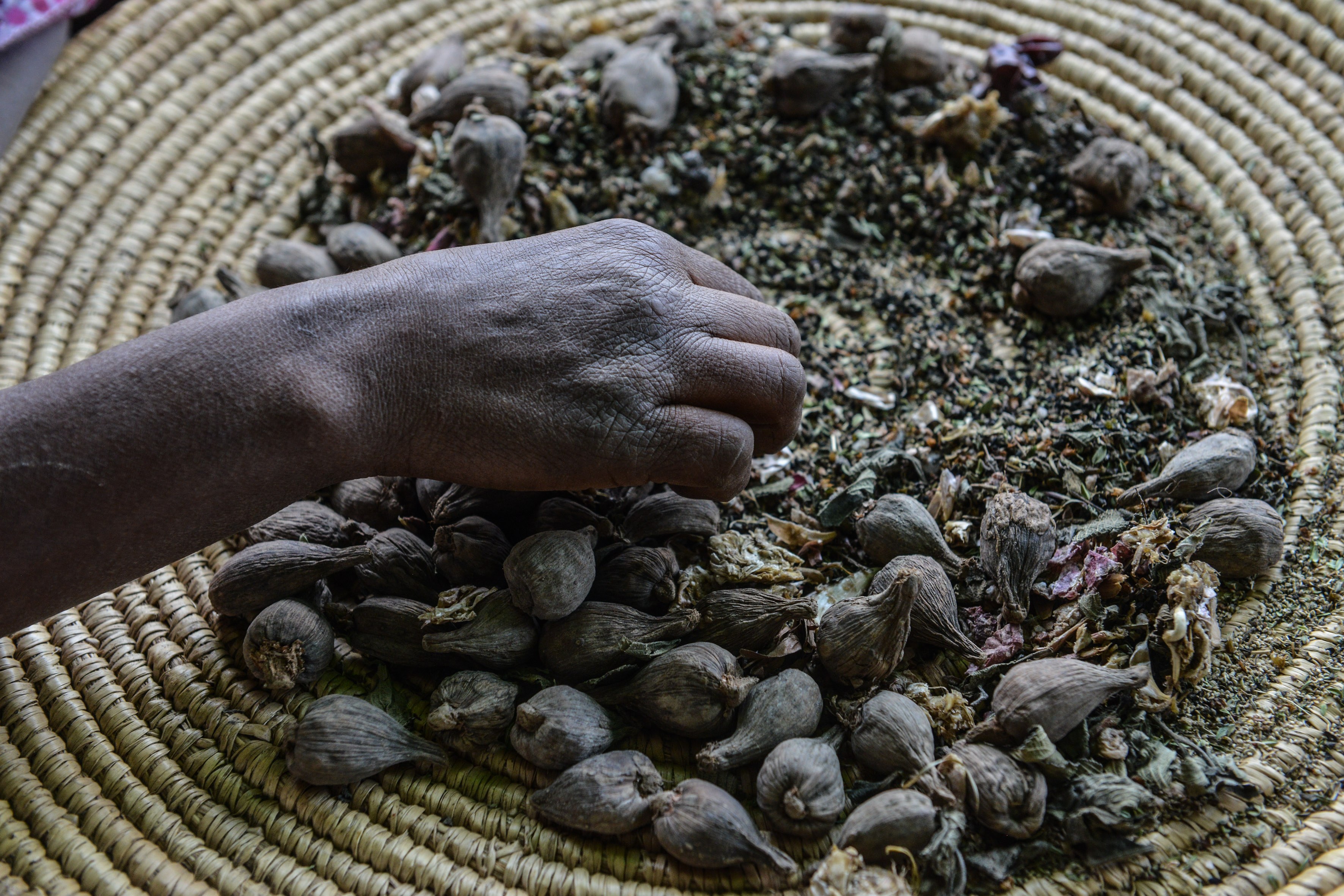
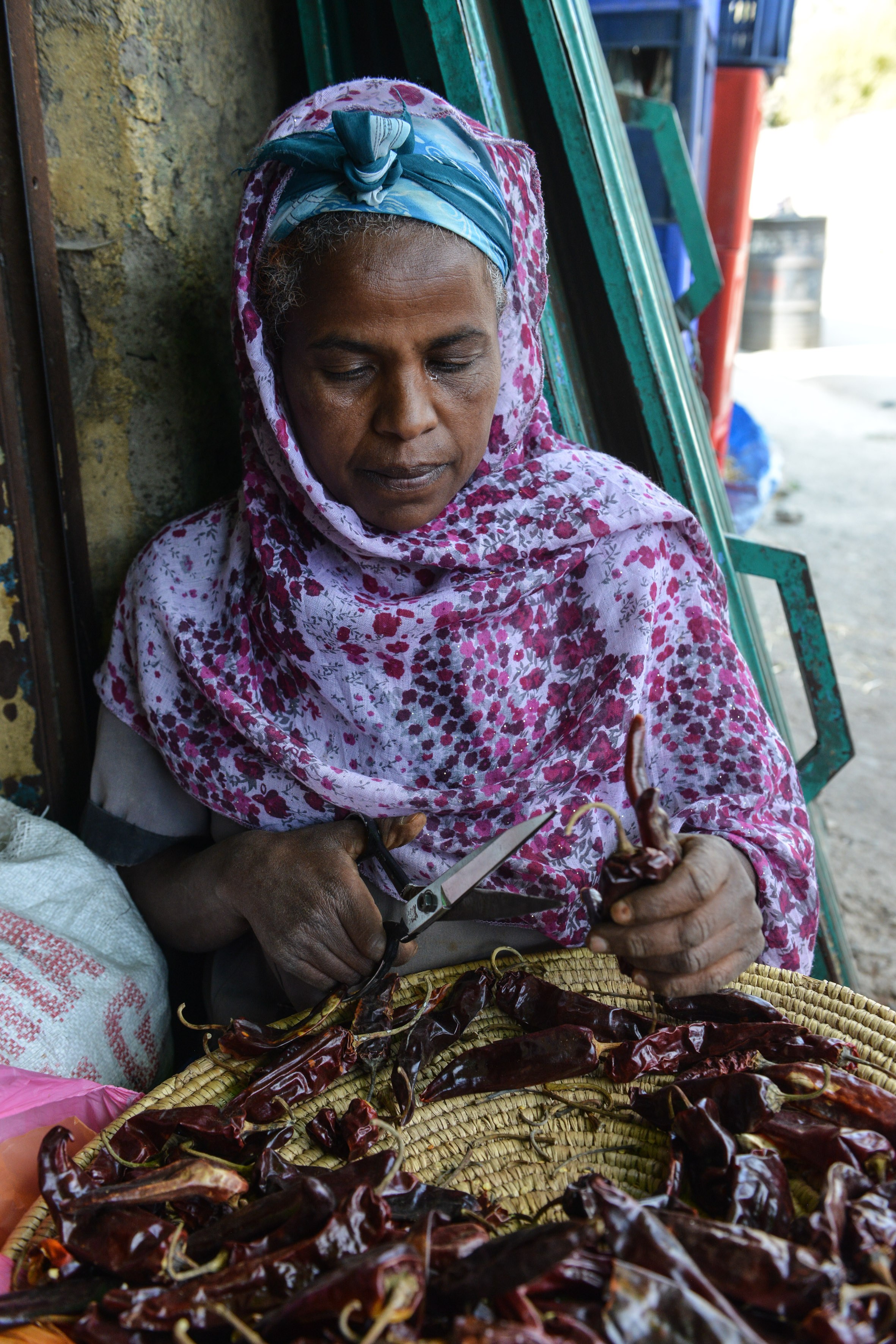
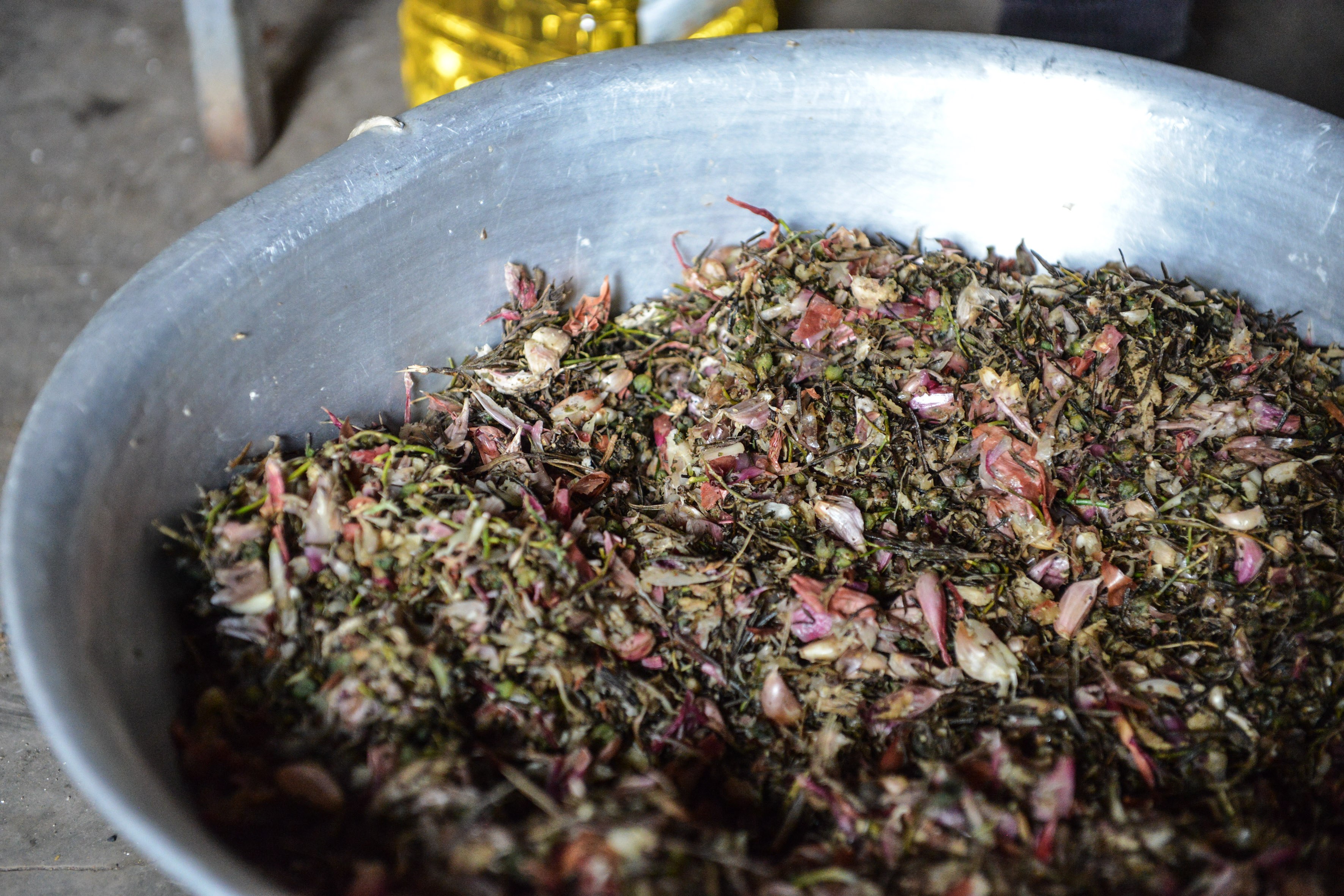
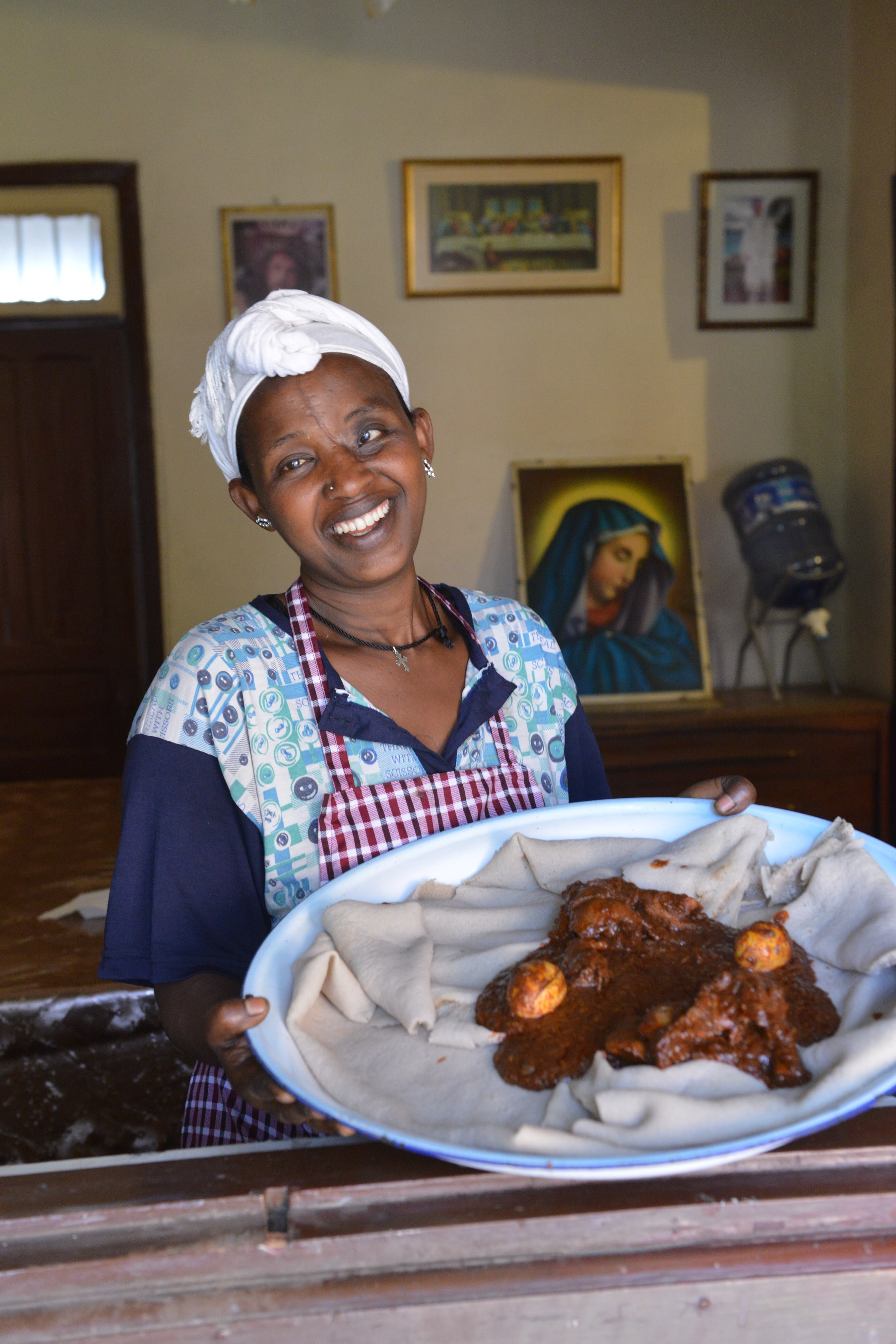
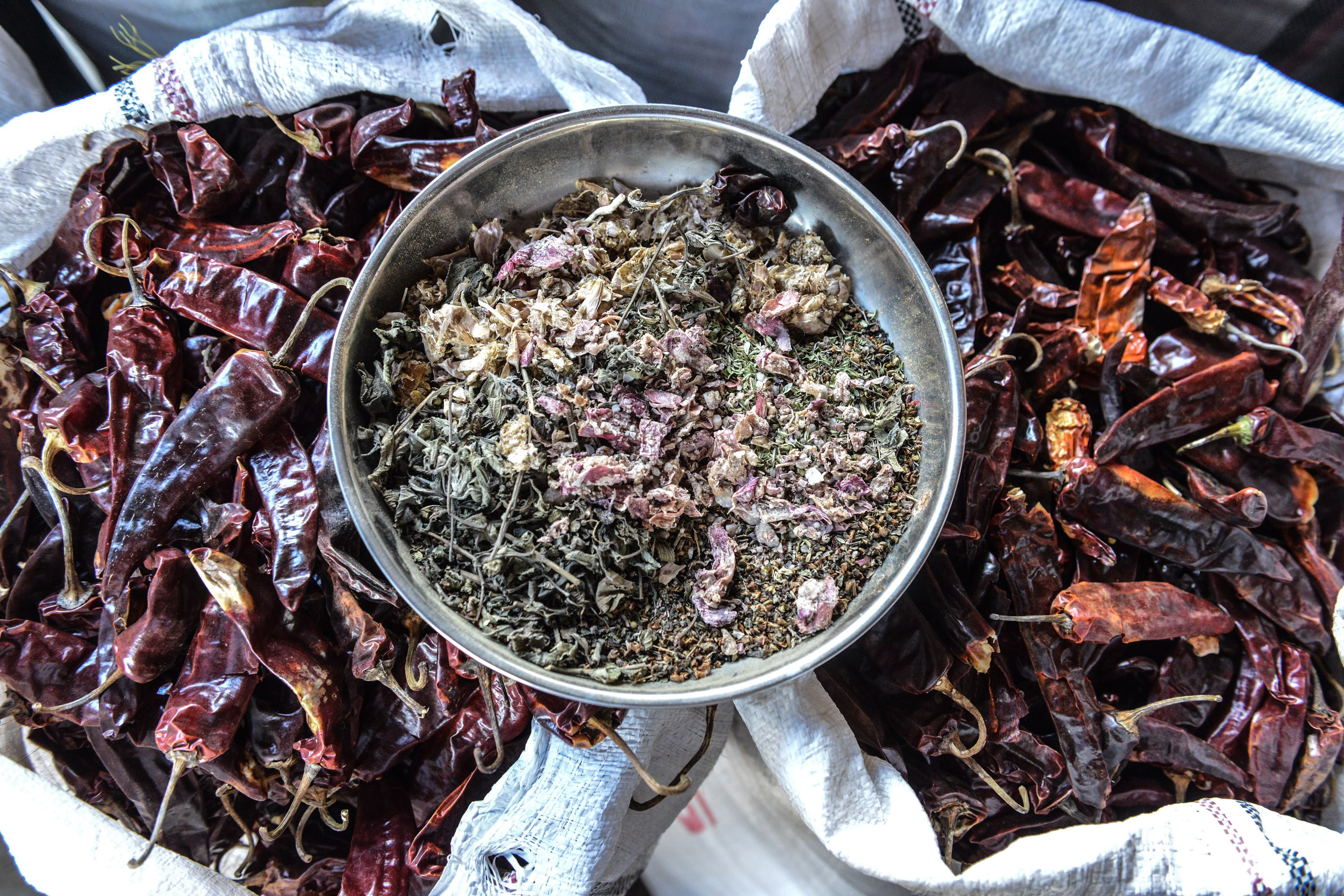
Related Recipes
September-October 2020

Sign up to receive texts
Successfully signed up to receive texts!
We'll only send our very best offers - Like a $15 store credit to start.
By entering your phone number and submitting this form, you consent to receive marketing text messages (such as promotion codes and cart reminders) from Christopher Kimball's Milk Street at the number provided, including messages sent by autodialer. Consent is not a condition of any purchase. Message and data rates may apply. Message frequency varies. You can unsubscribe at any time by replying STOP or clicking the unsubscribe link (where available) in one of our messages. View our Privacy Policy and Terms of Service.





